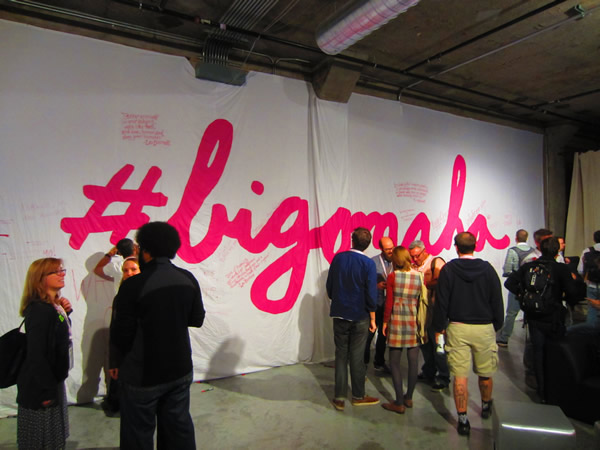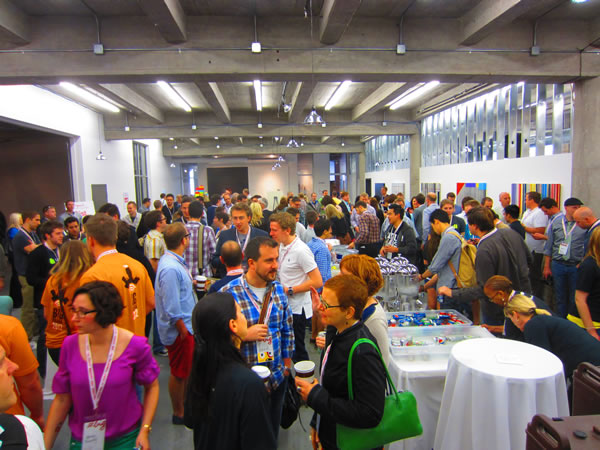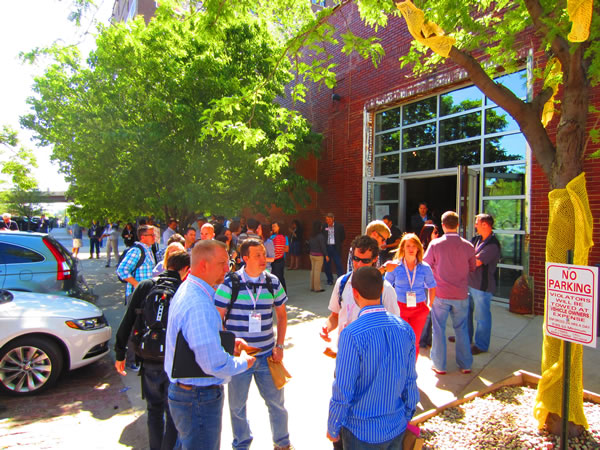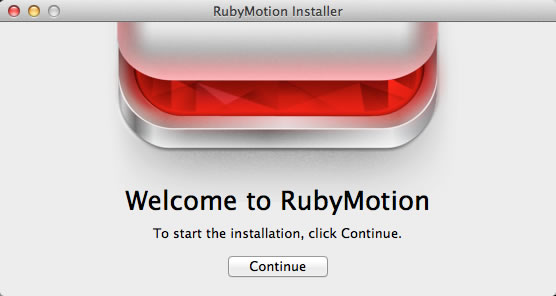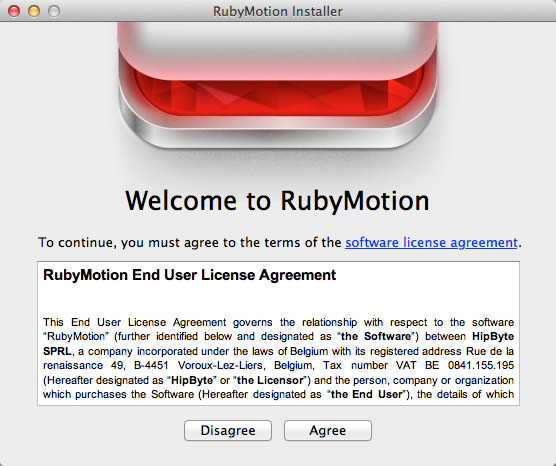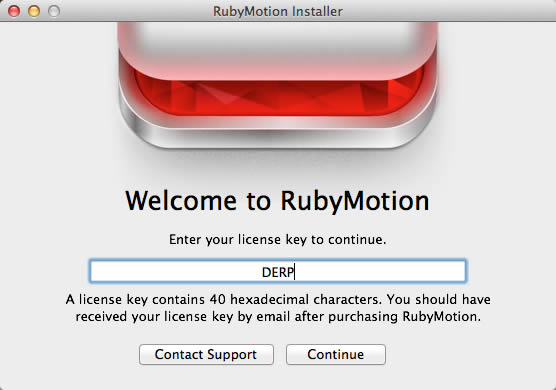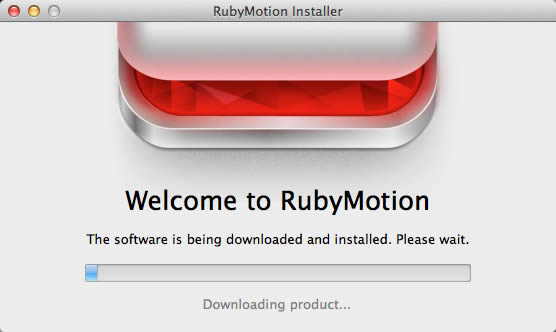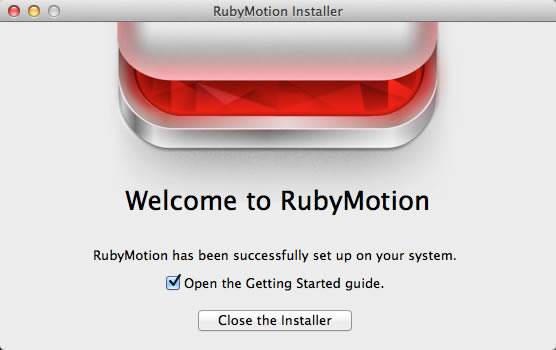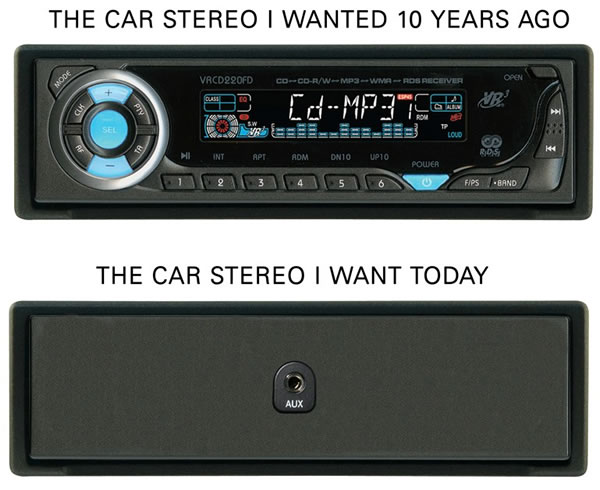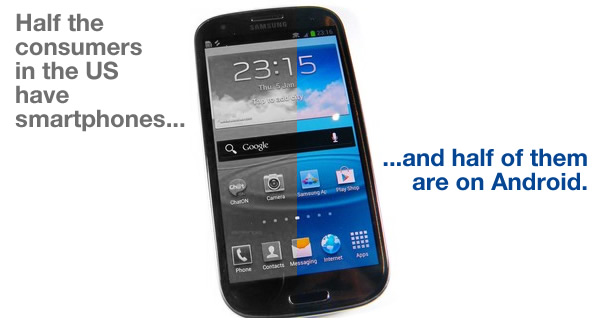
When it rains, it pours. Just hours after I published my article on the way-off predictions on how well Windows Phone would do and cited the comScore numbers for mobile OS market share, Nielsen releases their findings, which are pretty similar. According to their survey, 50.4% of US consumers have a smartphone, and of those people, 48.5% are using Android phones.
Unlike comScore, Nielsen treated Windows Mobile, the older mobile OS versions 6.5 and earlier, and Windows Phone, as two separate operating systems. comScore had both operating systems at 3.9% of the market; Nielsen says that Windows Mobile accounts for 4.1% and Windows Phone, Microsoft’s “comeback” mobile OS, has just 1.7%. If I were still a Windows Phone Champ today, I’d be at my local pub, pounding back the bourbon something fierce.

Nielsen took in all sorts of info in their survey of mobile phone use, including a by-race breakdown of who used mobile phones as their primary phone. I noticed that the Asian stereotype rings true in this case and couldn’t resist making an infographic featuring me back during my Microsoft Phone Champ days alongside my homie Stevie B:
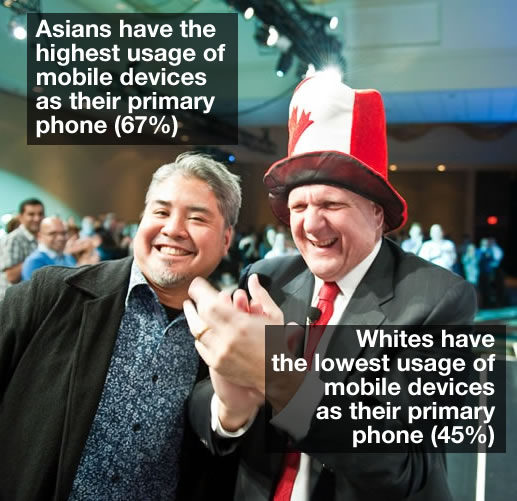
And in case you were wondering: I’m Asian (the Thrilla from Manila!) and my mobile phone is my primary phone (Skype’s my secondary). Steve Ballmer is white.
For more, check out Neilsen’s article, which features their numbers along with a link to their full report.

